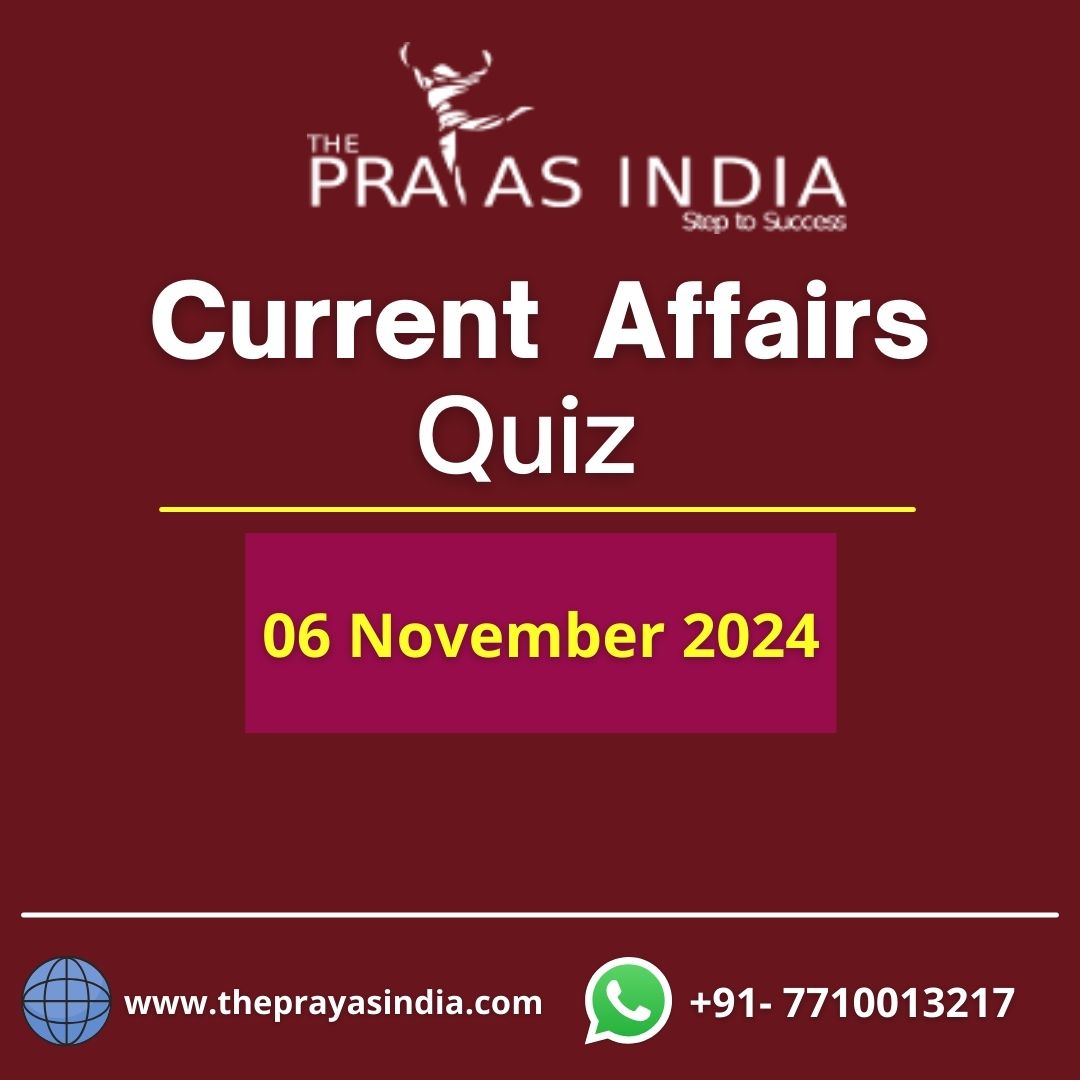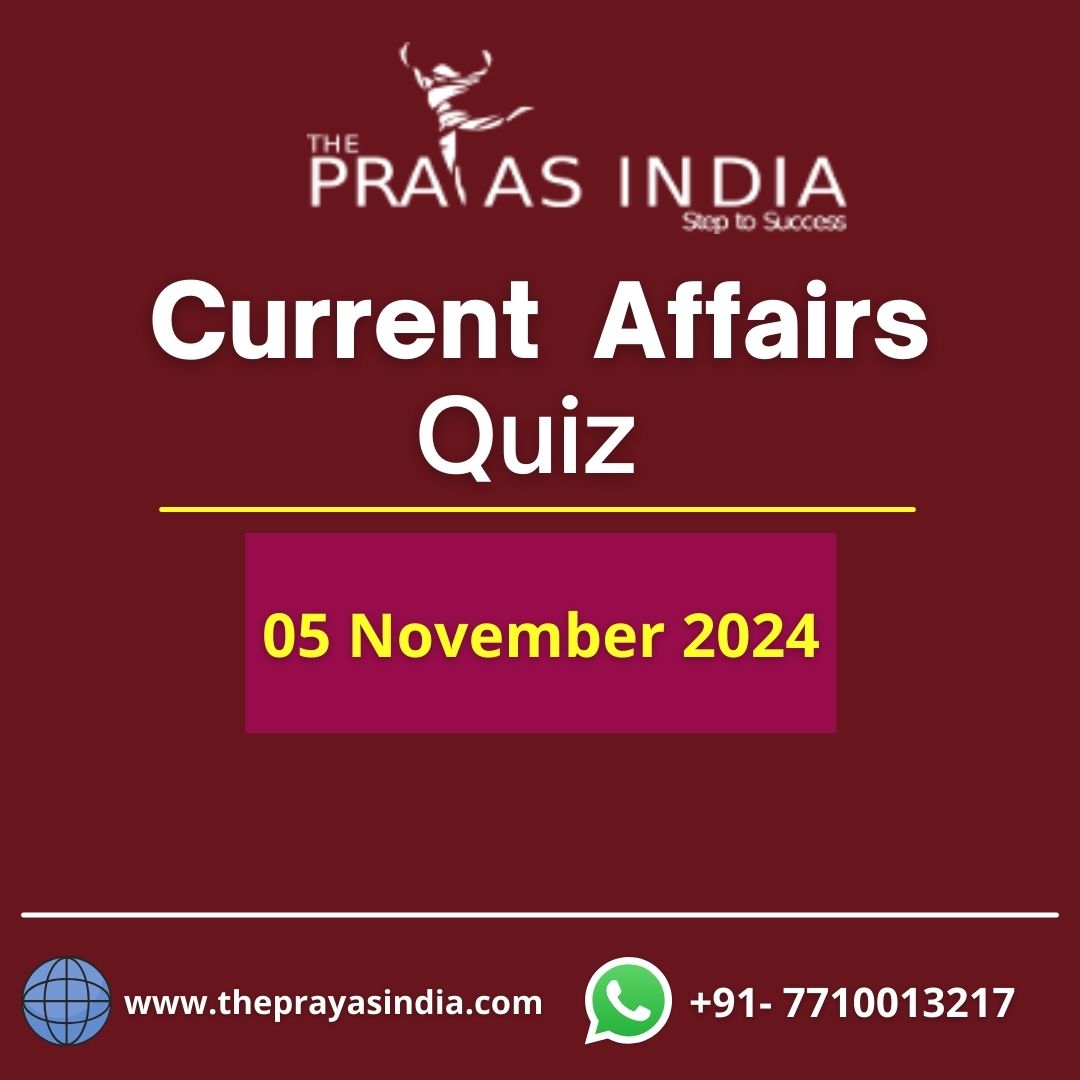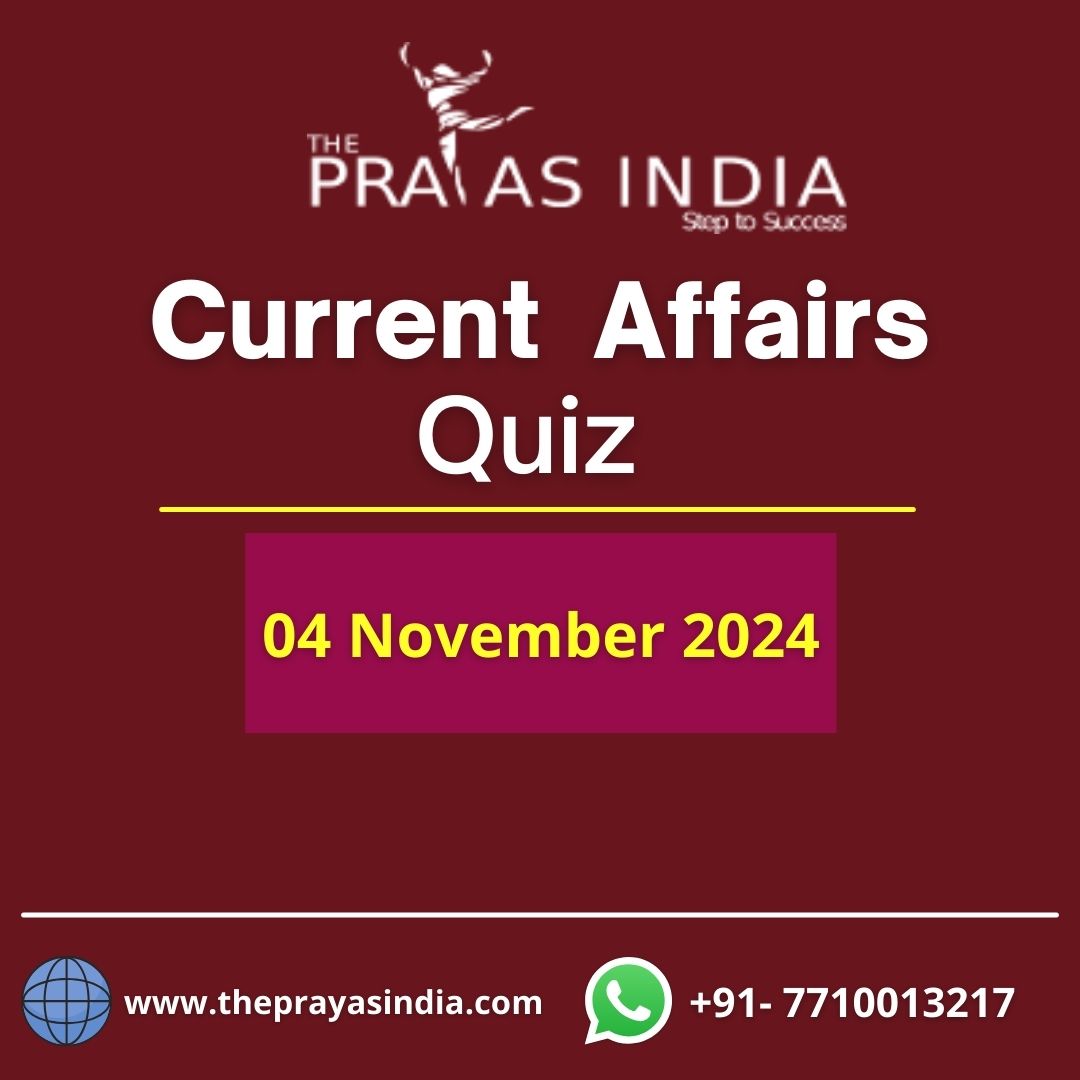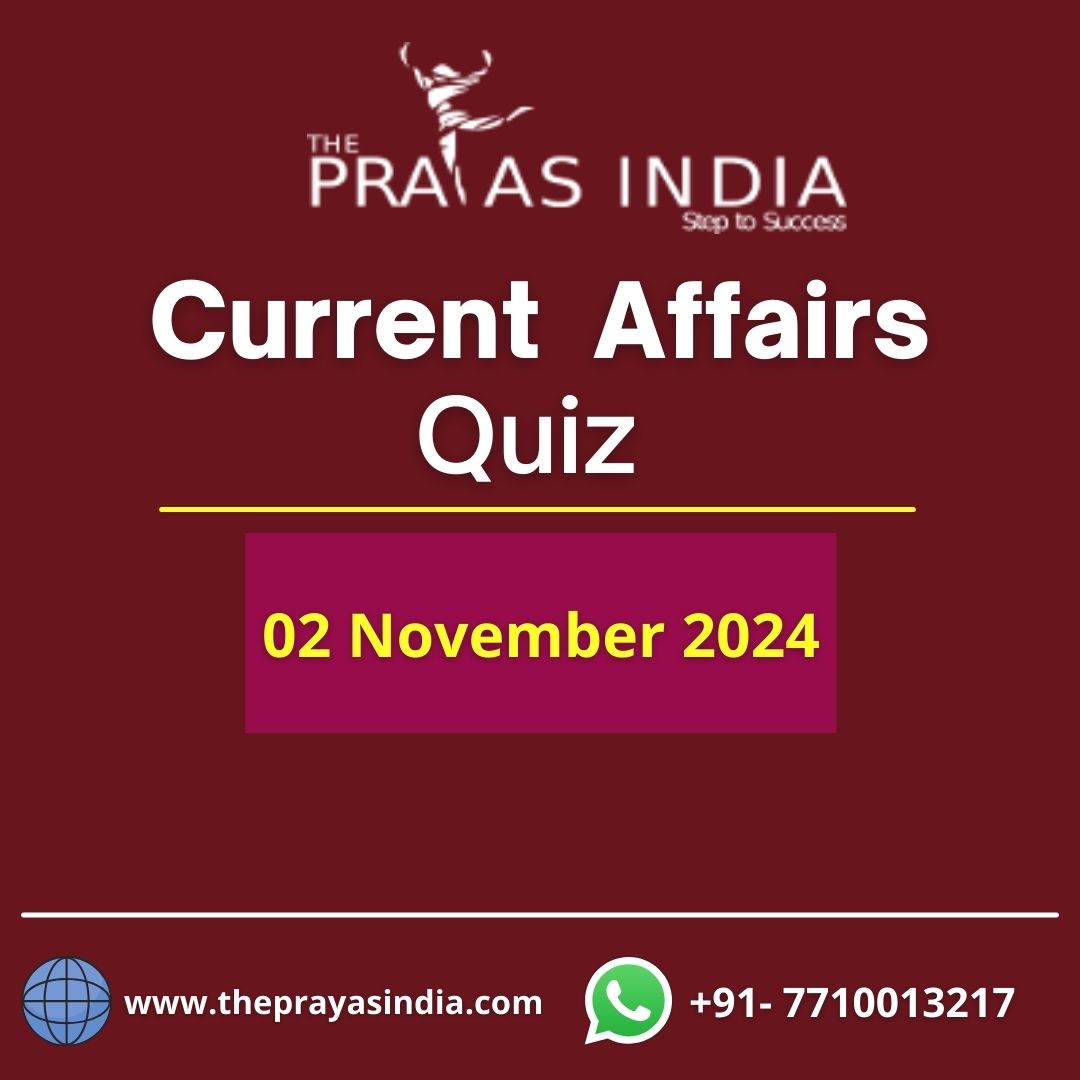Q1. Which of the following statements about Avian Influenza, also known as bird flu, is accurate?
(a) Avian Influenza only affects domesticated birds and has no impact on wild bird populations.
(b) Avian Influenza is caused by a virus belonging to the Coronavirus family.
(c) Avian Influenza can occasionally infect humans and has the potential for significant public health concern.
(d) Avian Influenza is primarily transmitted through close contact with infected birds’ feathers.
Ans: (c)
Explanation:
- The statement C is accurate. Avian Influenza is a viral disease that primarily affects birds, both domesticated and wild. However, some strains of Avian Influenza, such as H5N1 and H7N9, can infect humans. When these avian influenza viruses infect humans, there is a potential for public health concerns, as they can cause severe illness and have the potential to lead to outbreaks
- The statement D is incorrect. Avian Influenza is primarily transmitted through close contact with infected birds’ respiratory secretions, feces, and contaminated environments, not through contact with feathers specifically.
Q2. Consider the following statements about the ‘International Classification of Diseases’ (ICD):
- It is a standard classification of diseases and health-related problems used by healthcare professionals and public health experts around the world.
- It is published by the World Health Organization (WHO).
Which of the statements given above is/are correct?
(a) 1 only
(b) 2 only
(c) Both 1 and 2
(d) Neither 1 nor 2
Ans: (c)
Explanation:
- The Indian government is pushing for the inclusion of Ayurveda and related traditional medicine systems in the 11th revision of the World Health Organization’s International Classification of Diseases (ICD) as the second module of a supplementary chapter on traditional medicine conditions.
- This move aims to provide these traditional systems with a standardized language for global recognition and integration.
- The ICD serves as a common language for healthcare professionals worldwide, allowing them to share standardized information.
- ICD-11 previously included Module-1 for traditional medicine conditions originating in China.
- The inclusion of Ayurveda and related systems in Module-2 would allow for a more comprehensive approach to reporting adverse events and integrating traditional medicine into insurance and reimbursement systems, in line with WHO’s goals for universal health coverage.
Q3. With reference to the Indus river system, of the following four rivers, three of them pour into one of them which joins the Indus directly. Among the following, which one is such a river that joins the Indus directly?
(a) Chenab
(b) Jhelum
(c) Ravi
(d) Sutlej
Ans: (d)
Explanation:
- The Indus River system comprises the Indus, Jhelum, Chenab, Ravi, Beas, and Sutlej. The Jhelum, Chenab, and Ravi rivers join together to form the Panjnad River, which then joins the Indus River. The Sutlej River joins the Indus River directly.
- Therefore, the only river out of the four options that joins the Indus River directly is the Sutlej River.
Q4. With reference to India, Didwana, Kuchaman, Sargol and Khatu are the names of:
(a) glaciers
(b) mangrove areas
(c) Ramsar sites
(d) saline lakes
Ans: (d)
Explanation:
- Didwana is a town in the Nagaur district of Rajasthan. It also has a famous Didwana salt-water lake of Rajasthan.
- Kuchaman lake is a continental saline lake located around Kuchaman city, Nagaur District, Rajasthan.
Q5. Consider the following rivers:
- Brahmani
- Nagavali
- Subarnarekha
- Vamsadhara
Which of the above rise from the Eastern Ghats?
(a) 1 and 2 only
(b) 2 and 4 only
(c) 3 and 4 only
(d) 1 and 3 only
Ans: (b)
Explanation:
The rivers that rise from the Eastern Ghats are:
- Nagavali
- Vamsadhara




